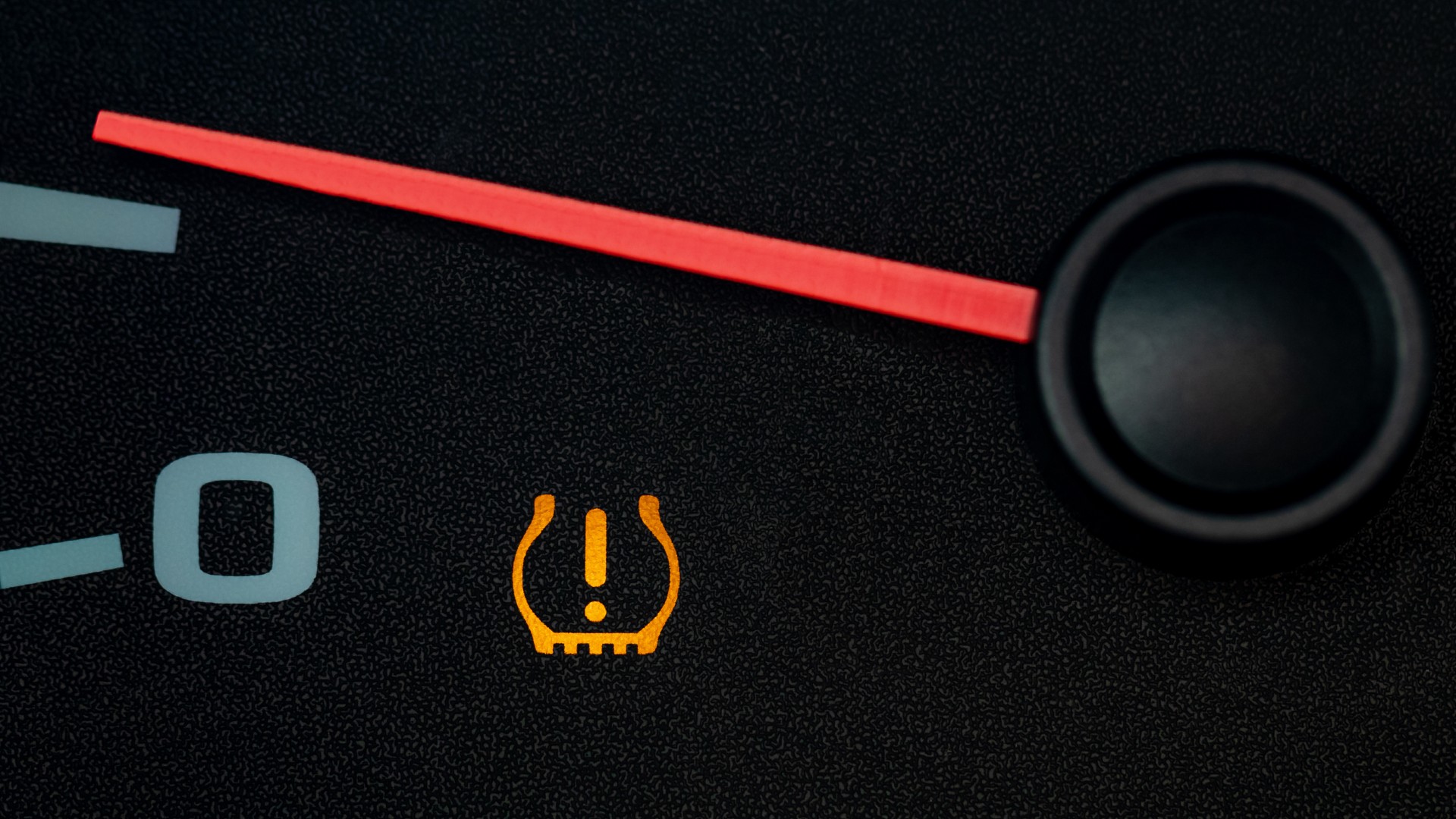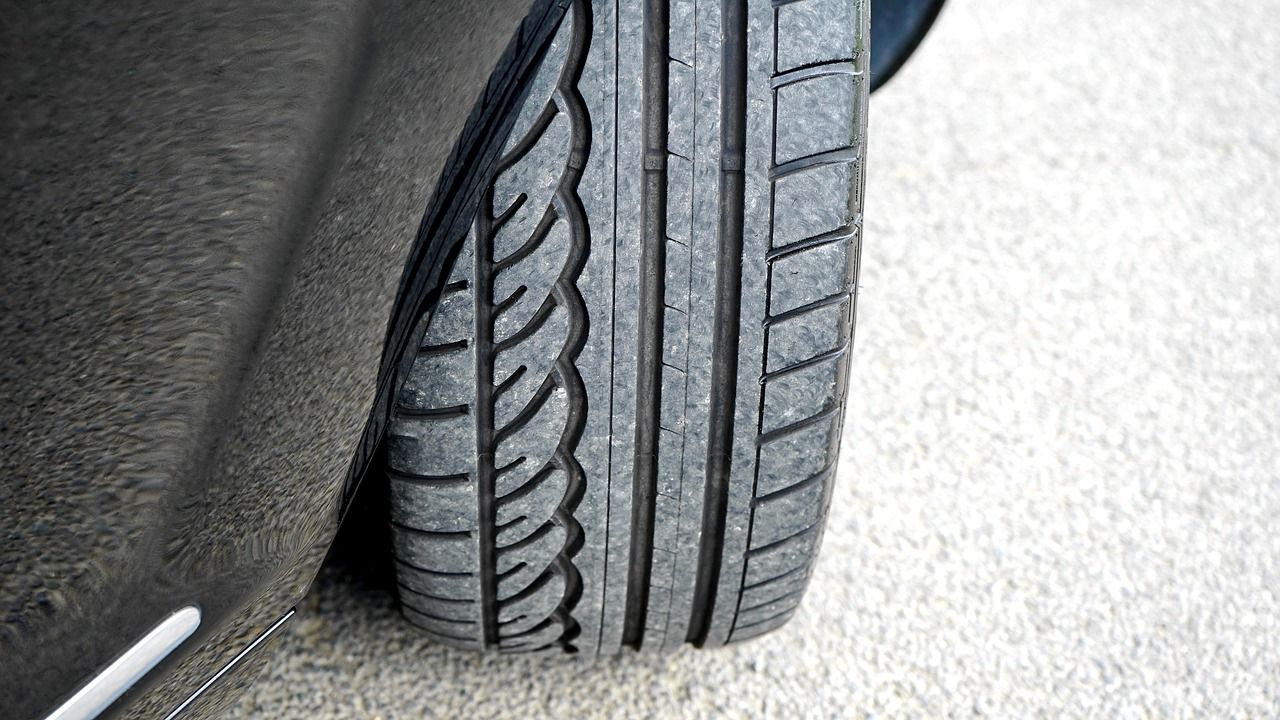I know I am not the only one who cringes when my car’s dashboard is lit with more lights than the Christmas tree in Rockefeller Center. Any mechanic will tell you not to ignore it, but our wallets might suggest turning a blind eye.
One of the lights that can easily burn a shadow into the dashboard is the tire pressure warning light.

It means that the pressure is low in one or more of your vehicle’s tires. It is very common for this light turn on after a dramatic drop in outdoor temperatures. There is a fundamental part of meteorology and thermodynamics that explains why.
Discovered in 1834, the ideal gas law explains the relationship between temperature, pressure, and volume. In fact, temperature is directly related to pressure and volume. In other words, when the temperature decreases the pressure decreases and the volume decreases, too.
Consider this: temperatures outside fall into the 20s and the air inside your tire decreases in volume and pressure. That means that the air is essentially shrinking and your tire goes flat.
To avoid this, mechanics suggest maintaining a tire pressure of about 32 PSI (pounds per square inch) in standard tires – check your manufacturer's specific number. For every 10-degree drop in temperature, your tire can lose one PSI in tire pressure.
According to AAA, underinflated tires affect a driver’s braking, steering, and can even lead to a blowout. Underinflated tires also have a higher rolling resistance, which reduces fuel economy.
So the next time that light goes on in your car, take the extra time to add air. Your car will thank you for it.
Our team of meteorologists dives deep into the science of weather and breaks down timely weather data and information. To view more weather and climate stories, check out our weather blogs section.



